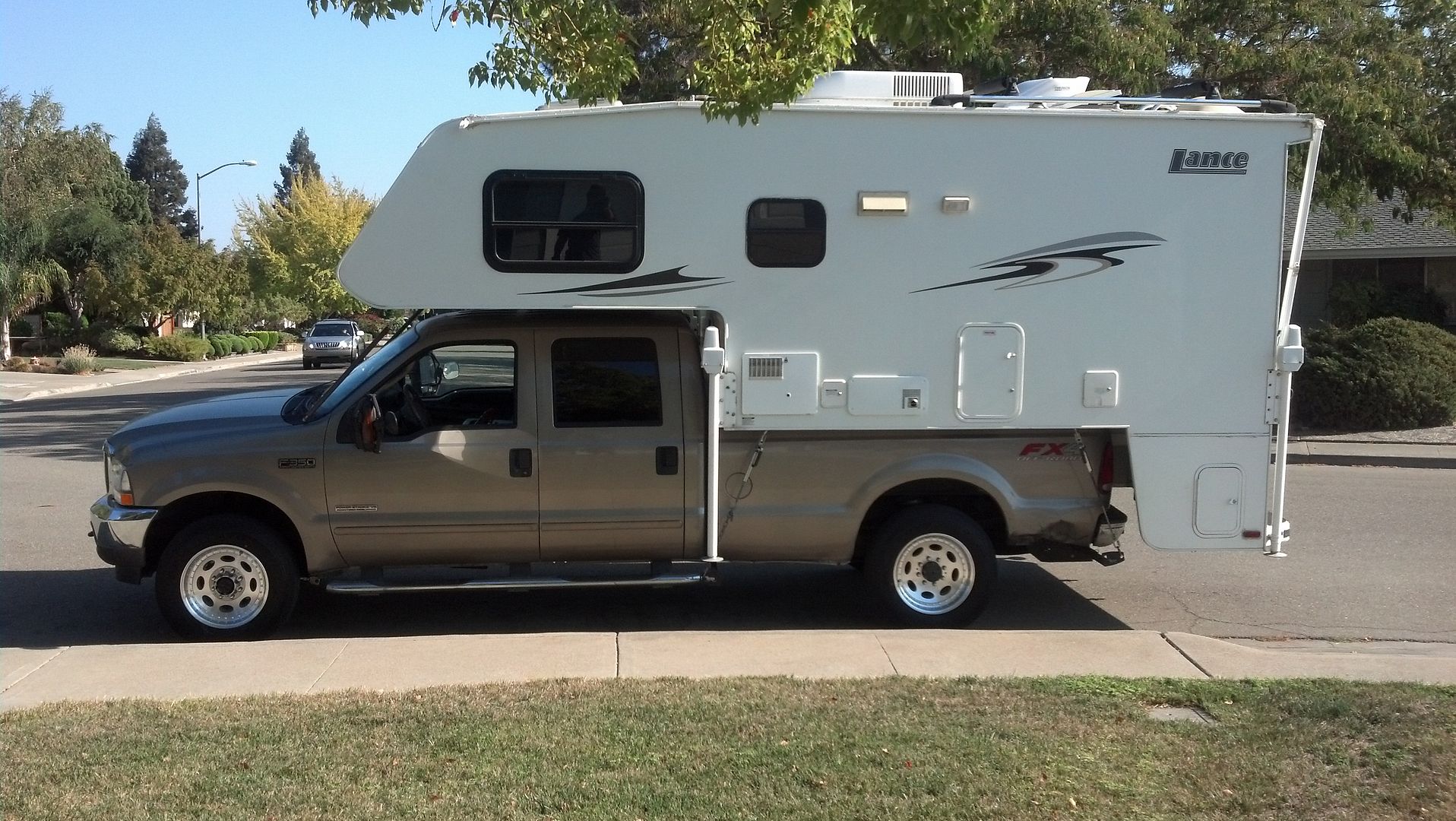AH64ID wrote:
I have run many sets of tires in the 4-7 psi range for rock crawling and playing off road. I have never seen a contact patch triple, unless it's wrapped around a rock or tree.
Airing down is great and does wonders for traction, but the contact patch is just part of that equation the rest is how the softer tire effects traction.
You clearly have the experience, but perhaps didn't realize the difference it makes. A tire at the 4-7 psi you mention has at least double, if not more, the contact patch of a tire at street pressure, because the bottom portion of the tire flattens out. Get out a ruler and measure it. You'll be surprised to learn just how long the contact patch actually is when a tire is aired down even on a flat surface. It also depends on how big the tire is, but that is also a reason that a larger diameter tire, all else equal and even ignoring the ground clearance advantage, has lower contact pressure.
bka0721 wrote:
AH64ID wrote:
yosemiteford wrote:
So, I have to ask, does this mean I should upgrade my SRW F350 FX4 to rims/tires greater than an E rating. I'm carrying a Lance 1010 and had a blowout on new tires and tires had the correct pressure in them. I chalked it up to a fluke since I through this question out to the Board a few months ago.
Have you stopped by a scale?
I wouldn't be too hard on yourself as there are so many factors that lead to blowouts, especially with new tires. I would throw in the factor that you might have had some road debris or a catastrophic leak from picking up a screw or nail. That is where those pressure warning devices are worth their price. Even though a rear blowout is safer with a dually, it can create issue for the tire with loss air, as the flexing of the tire creates heat that will then shread, if the driver does not recognize the vibrations and changes to pull over and verify a rear flat on a dually.
It is my opinion, too, that having a safer tire (heavier ply) will result is a wider safety margin. But, in turn when one of these tires blows, due to it's weight and stiffness, more damage will occur.
Try to find out your needs, riding comfort and margins you need and then maybe consider if it would be a benefit to go to a 19.5. Weighing your truck and then with the Truck Camper loaded, will help in these decisions. If your are still puzzled, come back to this forum and use the wealth of experience available here for you assisting you. With anything, compromises are necessary. Are you ready to make these compromises?
Safe Travels.
b
I think it's worth pointing out that truck tires are already designed with a significant safety margin and are engineered for over 100 mph in most cases.
A tire should be able to handle its rated load at 75 mph for the life of the tire.
That is part of the reason why I'm critical of so many people running 19.5s on their trucks. Yes, you are getting a larger safety margin, and for those of you who cannot install tires that can handle the weight you are carrying, that is the only option.
But if I had the choice between an E rated tire at 99% of its capacity and a 19.5, I would take the E rated tire. It will give better traction on most surfaces.
Everything is a tradeoff, but I do not agree with those who go to 19.5s for peace of mind only. If you need a 19.5, by all means, use it--the hard parts on our trucks can take the weight so eliminating a weak tire link is worth it. But 19.5" tires are harder and don't have the traction on soft surfaces that regular light truck tires have. Regular light truck tires are better "all around" than 19.5" medium duty tires. But for heavy loads and highway driving, a medium duty tire is unbeatable.
In a perfect world, I'd run medium duty tires on the highway and switch to regular light truck tires as soon as I left the pavement or hit the campground. But since I am not loaded as heavy as some and because I strongly desire the softer rubber and better offroad traction over the strength and reliability of medium duty tires, I have to compromise and stick with light truck tires even though I acknowledge that on the highway when the road is hot and the load is somewhat heavy, medium duty tires kick a@!.

